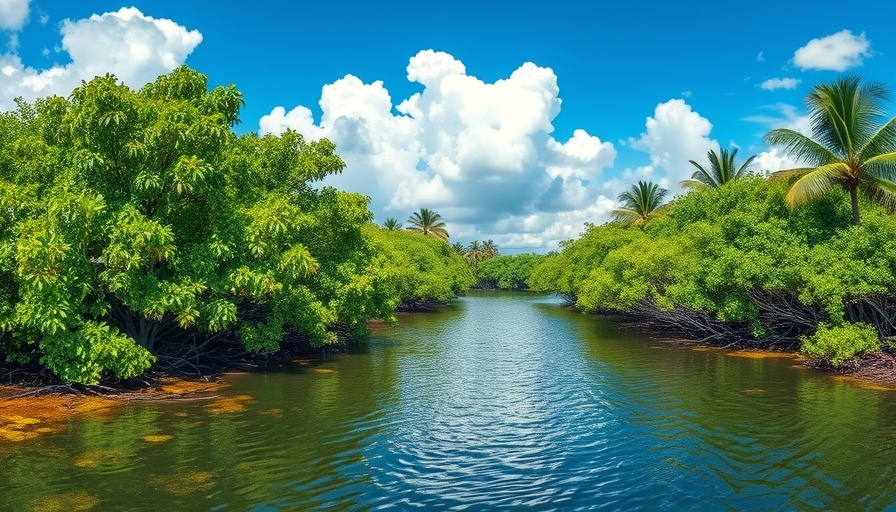
The Urgent Need for Funding the Blue Carbon Economy in the Philippines
In a significant move towards the preservation of marine ecosystems, the Philippines is in urgent need of an additional US$1 million to sustain its initiatives focused on the blue carbon economy. This funding is crucial to implement a comprehensive roadmap aimed at deriving economic benefits from ecosystems such as mangroves, seagrasses, and salt marshes, which play a vital role in combating climate change.
Understanding Blue Carbon Initiatives
The push for a blue carbon economy is gaining momentum as countries worldwide recognize the importance of coastal ecosystems in carbon sequestration. The Philippines is home to the largest contiguous mangrove forest in the country, located in the Del Carmen Mangrove Reserve on Siargao Island. This biodiversity hotspot offers not only ecological benefits but also economic opportunities for local communities. The ZSL (Zoological Society of London), a key proponent in this initiative, has highlighted the need for sustained funding to ensure these ecosystems are preserved and effectively managed.
Financial Supports and Future Investments
The UK government previously contributed US$450,000 through its Blue Planet Fund to kickstart the blue carbon program, which aims to operate between 2024 and 2026. According to Germain De Ruña, project manager and communications lead for the National Blue Carbon Alliance Partnership, an additional investment is essential for the long-term success of these efforts. "If we are going to sustain that [plan] in the coming years, we would need double the amount," De Ruña asserted.
The Role of Legislation in Ensuring Sustainability
A blue carbon economy legislation is also on the horizon, which will mandate the plan's execution at local levels. This legislative backing is seen as a crucial step towards mainstreaming blue carbon initiatives within the country’s strategy for ecological and economic development, thereby fostering sustainable practices that could revolutionize community interaction with marine resources.
Innovative Financial Solutions for Marine Ecosystems
The Philippines is exploring innovative funding avenues, including blue bonds issued by BDO Unibank, aimed at tackling ocean litter and promoting water conservation. Additionally, nonprofit organizations like Conservation International are implementing pilot projects to validate the viability of blue carbon credits, which could open a new stream of revenue for local economies while contributing to global environmental conservation efforts.
Integrating Blue Carbon into National Policy
With a forward-looking approach, the Philippines plans to incorporate blue carbon ecosystems into its updated nationally determined contributions (NDCs) under the Paris Agreement. This integration underscores the government’s commitment to addressing climate change while leveraging its rich natural resources for economic growth. Mariglo Rosaida Laririt, assistant director of the Biodiversity Management Bureau, stated that these actions will bolster the nation’s climate action strategy.
Building a Sustainable Future
As the Philippines moves deeper into the blue carbon economy, it emphasizes the importance of community engagement and education in its projects. By fostering a culture of conservation and sustainable practices, there is an opportunity to not only reduce the nation’s carbon footprint but also enhance community livelihoods through eco-friendly tourism, renewable energy, and sustainable agriculture.
The future of the blue carbon economy in the Philippines looks promising, but it heavily hinges on securing the necessary funding and commitment to sustainable practices from both the government and the community. As countries around the globe strive for sustainability, the role of blue carbon ecosystems cannot be overstated. Investing in these natural resources today will lead us to a healthier planet tomorrow.
In conclusion, the call for raising US$1 million is not merely an appeal for funding; it is a call to action for all stakeholders involved in environmental management, sustainable development, and community upliftment to come together for the preservation of our rich biodiversity and climate resilience. The integration of blue economy principles into local governance is a step forward in fostering an environmentally conscious society while ensuring economic viability.
 Add Row
Add Row  Add
Add 



Write A Comment